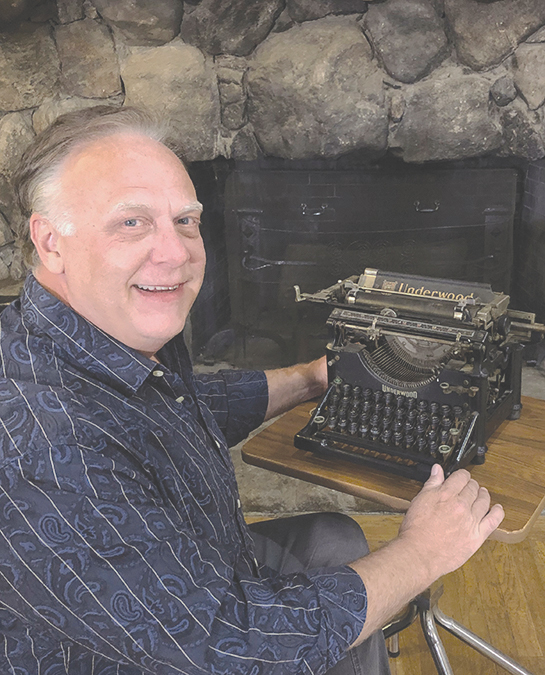The Montrose Theater Grand Opening – 100 Years Past
Robert wiped the sweat from his brow as he hurriedly made his way back and forth from inside to outside the theater. He stopped to check on the crew that for over a week had been installing one of the finest instruments procurable – a Wicks pipe organ. A cacophony of sound rang out inside the empty theater, as every function was tested.
“How are you gentlemen faring?” he asked. With the assurance that the job was nearly complete he once again darted out onto Honolulu Avenue to inspect the large copper trimmed canopy over the entrance. Suspended by strong ornamental iron chains, he confirmed the marquee was to his satisfaction.
Robert Doyle was the manager of the brand-new Montrose Theater and it was Oct. 16, 1924 – the grand opening. We find him frazzled as he struggles to supervise the multitude of duties required to put everything in readiness. He called together his staff.
“I was just informed that we’re sold out tonight, more than 450 enthusiastic patrons, representing the length and breadth of the valley from Sunland to Flintridge, will fill the playhouse,” he said. “Let’s make them proud.”
Montrose was already proud. The theater had been designed by famed architect Carl Boller who along with his brother would draft some 300 theaters across the United States. In designing the Montrose Theater, he combined a dominant Spanish Mission motif with the suggestion of Moorish influence. It was reported that men prominent in theatrical circles had inspected the building and declared it to be one of the most beautiful theaters on the West Coast.
Just months prior the new playhouse had been only a dream of local businessmen. An investment of $50,000 was made to make the theater a reality. (That equals over $900,000 today.) The stucco face had a shade between lava ash and gold and was accentuated by green spindled and arched windows framing the two attractive storefronts on either side of a green and gold lobby entrance. Small loft windows were shielded by ornamental iron gratings adding to the attractiveness of the structure. The interior decorations, under soft lighting, were in a delicate and misty fusion of gold leaf and green. The lighting fixtures were concealed in cornucopia sculptures high on the walls. With an ample stage and deep-toned drapes, the Montrose Theater was ready for the big night.
The silent film “In Hollywood with Potash and Perlmutter” was selected for the opening. It is a comedy in which partners in the textile business give up what they know to become movie producers. A talented organist, Professor Bartley Sims from the Mission Theater of Los Angeles, was secured to play at the premiere. In addition to the screening there were speeches and a live vaudeville dance performance by Norma Kalk and Alma Jean Karr.
The day was a great success and it was a major feather in the cap of the local businessmen who believed in the valley’s future and invested in the enterprise. Those credited with the idea and its promotion included R. M. Doyle, who was not only the manager but also a part owner, Theo Belanger, C. A. Haskins, C. L. Mead, H. F. Anawalt, Mark Collins and George Carson.
In the days to follow, the romantic silent picture “Empty Hands” was shown on Oct. 18 then another silent romance – “Monsieur Beaucaire” starring Rudolph Valentino on Oct. 19 and 20 followed by the silent comedy “Open All Night” on Oct. 21 and 22, 1924.
The Montrose Theater, located at 2226 Honolulu Ave., burned down in 1987 and all that remains is a parking lot. We can only imagine how special it would be if it still remained. Much more can be learned about the Montrose Theater by searching out the following articles in the Crescenta Valley Weekly by Mike Lawler: Then and Now (7/23/15), Going to the Movies (7/11/19), Early Years (9/17/20), Later Years (9/24/20), and A Walk Through Montrose in 1929 – Part 5 (4/25/24).

